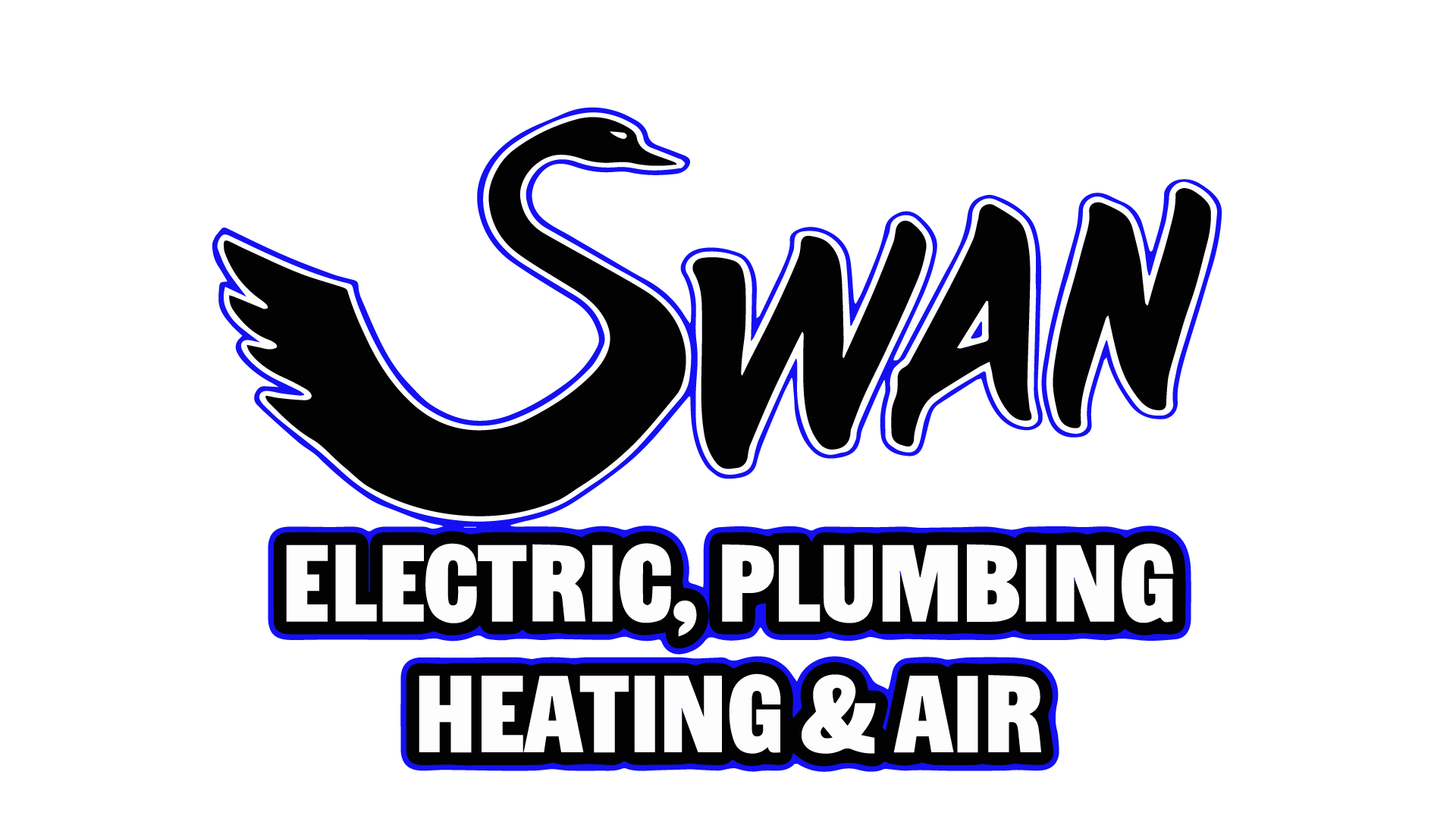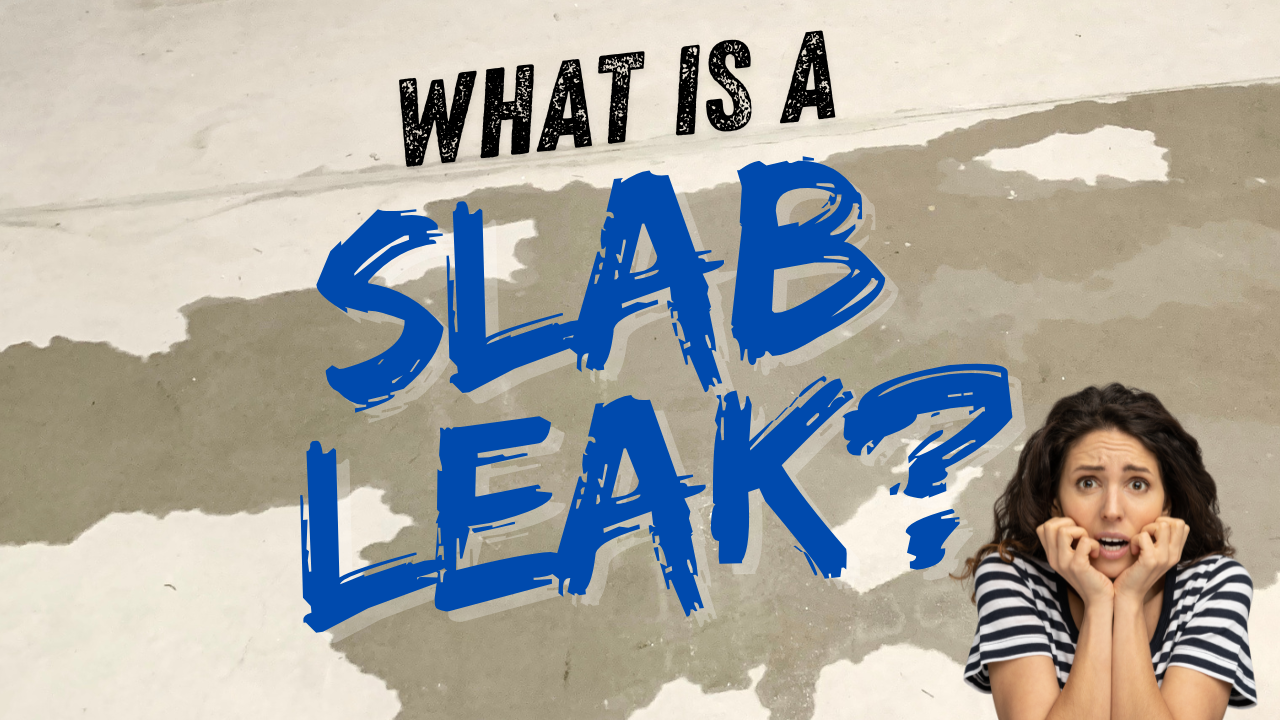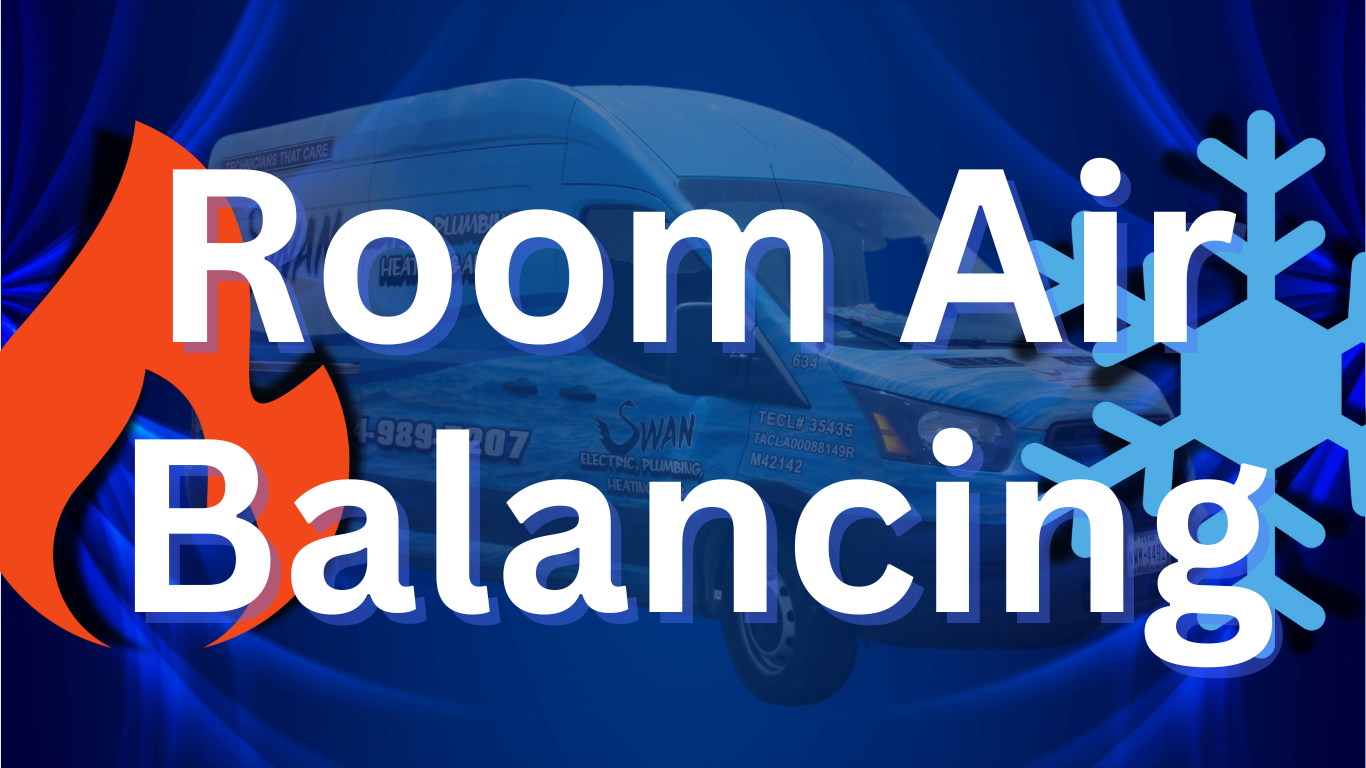When Warmth Can’t Wait: Having Emergency Heat On Hand
Having a warm home is about more than just comfort. Warmth is also synonymous with safety and peace of mind. Not having a cozy, safe space in winter is a significant stressor for homeowners. After all, it is supposed to be the environment where you can escape the bitter cold.
If you’re breaking out the heavy sweaters and huddling for warmth, it’s probably time to tap into your emergency heat. But exactly what is emergency heat, and how can you access it? Let’s take a closer look at the details behind this resource so you know how and when to put it to use.
What Is Emergency Heat?
Emergency heat is an alternate heat source that turns on automatically once the temperature outside drops below a certain threshold. It usually kicks on once it’s below freezing, but you can manually activate most emergency heat systems. Emergency heat helps your first-response heating system run smoothly by keeping it from working too hard to heat your home.
A heat pump thermostat with emergency heat is one of the most comprehensive ways to ensure comfort and warmth year-round. The emergency heat system supports heat pumps when they get overworked during below-freezing periods. That means your heat pump will usually last longer and be more efficient overall.
It’s worth noting that aux heat differs from Honeywell EM heat, which might pop-up on your thermostat. Aux heat tags in when temperatures take a quick dip, while emergency heat is meant to last longer. Because aux heat is so temporary, you rarely have to worry about it being on or off.
Types of Emergency Heat Sources
There are many ways to access emergency heat in your home. Emergency heat usually kicks on in place of a heat pump or compressor.
One of the most common types is called electric resistance heating. Heaters in this category include electric furnaces or baseboard heaters. The system generates heat via an electrical current that flows through a coil or wire heating element. The material reacts to the electricity, producing heat to keep your home comfortable.
Other emergency heat sources are gas or oil furnaces. While electric sources are more common, gas and oil have their merits for emergency use. Oil furnaces can keep your home warmer for longer since they produce more heat than a gas furnace. However, natural gas is more efficient overall, making it a more cost-effective choice, which could be better if you’re in a long-term emergency.
How Does Emergency Heat Work?
After learning the answer to the question “What is emergency heat?” you’re probably asking yourself, “What does emergency heat do?” The precise way emergency heat works will vary depending on what kind of heat source you have. But all emergency heat systems generally have a similar function; they turn on once the temperature dips below a certain threshold. These systems kick in automatically, but most require manually turning them off.
If you use a heat pump and the emergency heat switches on, your primary furnace will shut off entirely and stay that way until it is turned back on or until the emergency heat is switched off. You can manually adjust the parameters for these controls using your thermostat.
Your thermostat should have a way of indicating that your emergency heat is on and working. Have you ever looked at your thermostat and wondered, “What is EM heat?” If so, all you need to know is that it’s one of the ways a thermostat can alert you that the emergency heat is active.
You’ll need working emergency heat if you have a heat pump since these pumps often need a break when the temperatures get below freezing. Think of it as a failsafe for your heat pump’s well-being and home comfort.
When Should I Use Emergency Heat?
Emergency heat should only be used in true emergencies. Letting it run when it gets exceedingly cold is tempting, but you should switch it back to normal once it’s no longer needed. Heat pumps still operate decently well in cold weather, but there is a common misconception that you should always run your emergency heat when the temperatures drop.
Running this emergency heat source for too long can get expensive, especially if you do it whenever it’s too cold. If your home consistently feels overly chilly, even if you have a working HVAC, you may need professional maintenance to get it working efficiently again.
So, what situations are appropriate for emergency heat? The most obvious is when your heat pump or HVAC isn’t working as intended. If something is broken and your unit can’t work at all, you should turn on your emergency heat and call a professional HVAC company for assistance. You may also turn it on manually if there’s ice on your heat pump, affecting its performance.
You can also run your emergency heat if your system is undergoing maintenance. An HVAC professional may additionally run your emergency heating and cooling systems to test their efficacy and ensure they work as intended. You’ll still want to remember to turn this heat off once they finish the tests.
Emergency Heat Safety
While using your emergency heat is inherently safe, you should still view it as your last resort and only turn it on when your heat pump is broken or needs to be turned off for some reason. That doesn’t mean you won’t necessarily be in an unsafe situation, however. That’s why it’s essential to know how to protect yourself if you have an issue with your primary heat source.
Preventive care is almost always the best answer. Ensuring your systems are in good working order before winter hits is the easiest way to guarantee that neither fails you when the extreme cold sets in. Regular heat pump maintenance visits from industry professionals are an excellent way to keep your home warm and safe.
What do you do if you’ve accidentally turned on emergency heat? If you don’t need it, turn it off; running it when your primary system still works is expensive and not good for either system. Thermostats that say EM heat vs. heat will alert you that your emergency heat has been activated, so switch it off if you did not intend to turn it on.
Even though running your EM heat can be costly and not recommended, you should turn it on if needed. Don’t hesitate to use it to ensure your house stays warm, regardless of the reason. Consistent exposure to below-freezing temperatures isn’t just uncomfortable — it’s unsafe.
Get the Best Heating and Furnace Care With Swan
Worrying about your furnace’s performance is the last thing you need in winter. Heating and furnace care is essential to ensure the efficient and safe operation of heating systems, helping homeowners save on energy costs and preventing potential hazards. Regular maintenance also extends the lifespan of these systems, reducing the need for costly replacements and ensuring consistent comfort in cold weather.
Let our experts help. Choose Swan Electric, Plumbing, Heating, and Air for all your heating and cooling needs. We are here to provide homeowners with 24-hour emergency services, installations, replacements, repairs, and heat pump services.
Our team also consists of many talented HVAC technicians in Dallas , so you can call us to fulfill your home maintenance needs. Contact us today to learn more about our services and schedule your appointment.

Have a question?
Fill in the form below and we'll get back to you as soon as possible.






